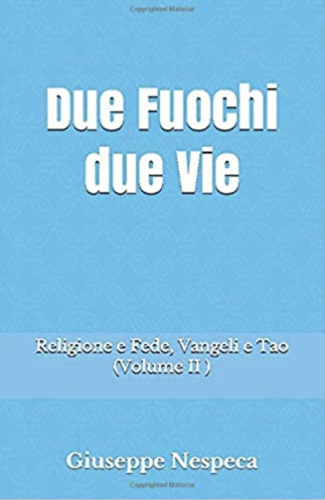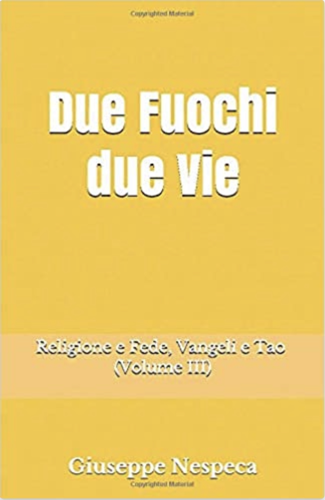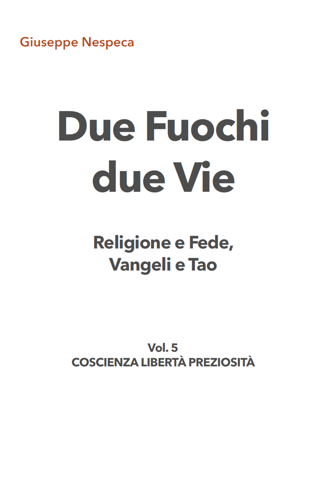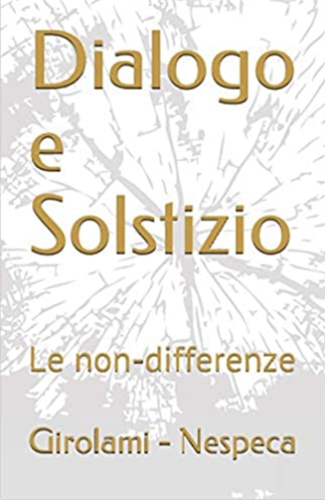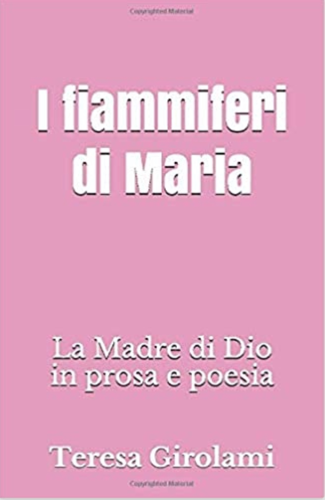6. “Two men went up to the temple to pray, one a Pharisee and the other a tax collector” (Lk 18:10). However, only one returned home justified. And it was the tax collector (cf. Lk 18:14). This means that only he reached the inner mystery of the temple, the mystery united with its consecration. Only he, even though both had gone there to pray.
Thus, it appears that the sacred space itself, the temple, the cathedral, must be further filled with another space that is totally interior and spiritual: "Do you not know that you are God's temple and that God's Spirit dwells in you?" writes St Paul (1 Cor 3:16).
In fact, your cathedral, like so many others in the world, is filled with an almost infinite number of those inner temples, which are human "hearts". Who do these human "hearts" most resemble? The Pharisee or the tax collector? The temple is a sign of man's reconciliation with God in Jesus Christ. However, the reality of this reconciliation - which is indicated by the external sign of the temple - ultimately passes through the human heart, through this sanctuary of justification and holiness.
7. The Pharisee returned "unjustified" because he was "full of himself". In the 'space' of his heart there was no room for God. The Pharisee was present in the physical temple, but God was not present in the temple of his heart. Why, then, did the tax collector return 'justified'? Because, unlike the Pharisee, he humbly recognised that he needed to be justified. He did not judge others. He judged himself.
The tax collector 'stands at a distance', yet - and perhaps he does not realise it - he is closer than ever to the Lord, because 'the Lord, as the Psalm says (33:19), is close to those who have a wounded heart'. God is not at all far from the sinner, if that sinner has a 'broken heart', that is, a repentant heart, and trusts, like the tax collector, in divine mercy: 'O God, have mercy on me, a sinner'. The tax collector, therefore, does not glory in himself, but in the Lord. He does not exalt himself. He does not put himself first, but recognises God's majesty and transcendence. He knows that God is great and merciful, and that he bends down to the cry of the poor and the humble.
The tax collector "stands at a distance," but at the same time he trusts. This is the right attitude towards God. To feel unworthy of him because of one's sins, but to trust in his mercy precisely because he loves the repentant sinner.
[Pope John Paul II, homily in Perugia, 26 October 1986]






